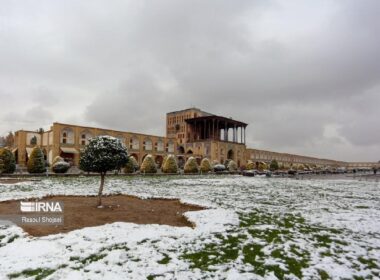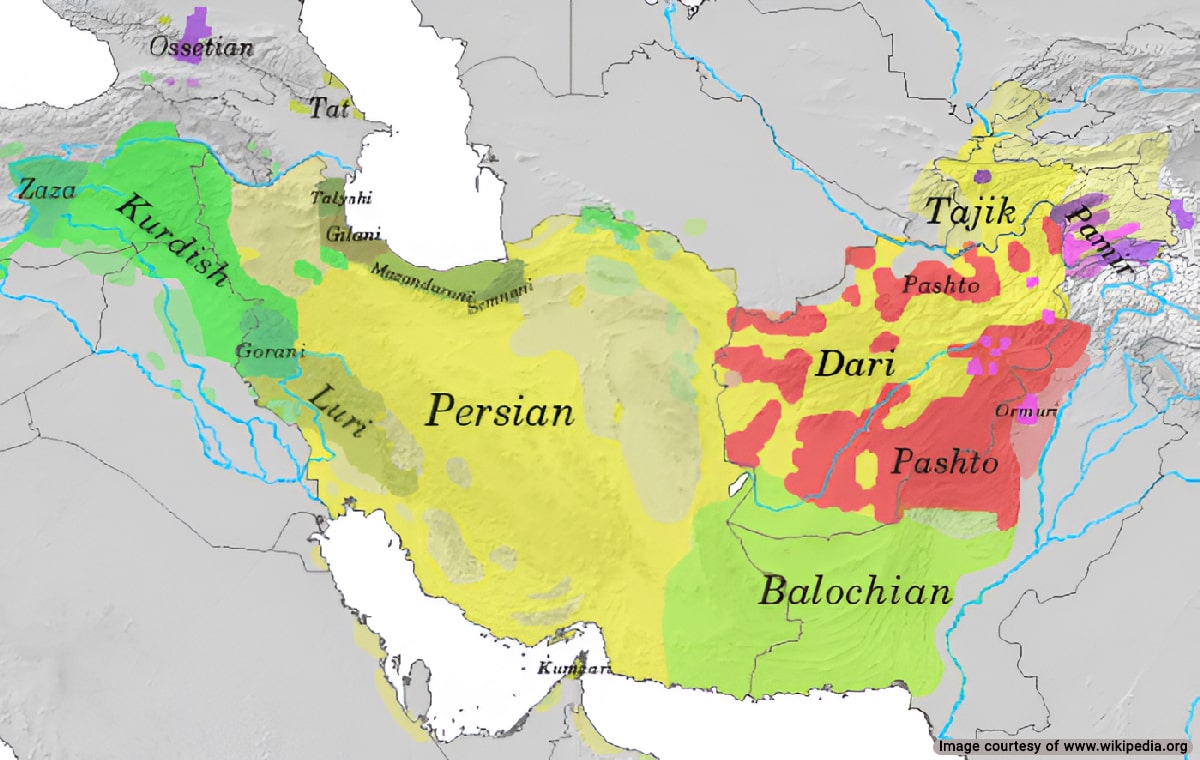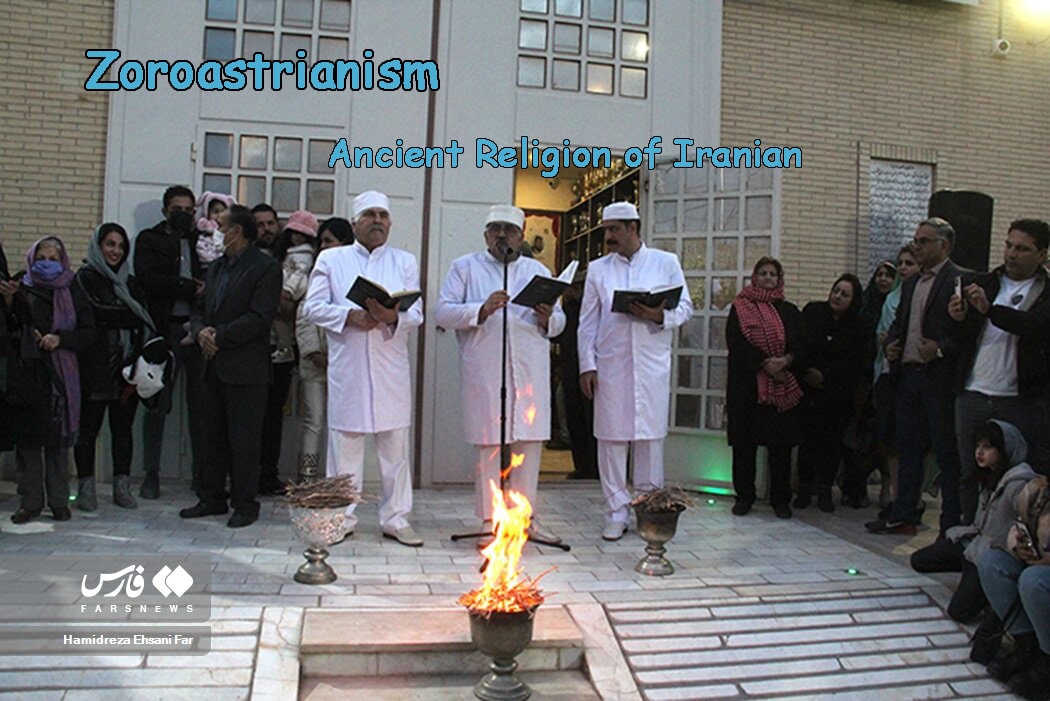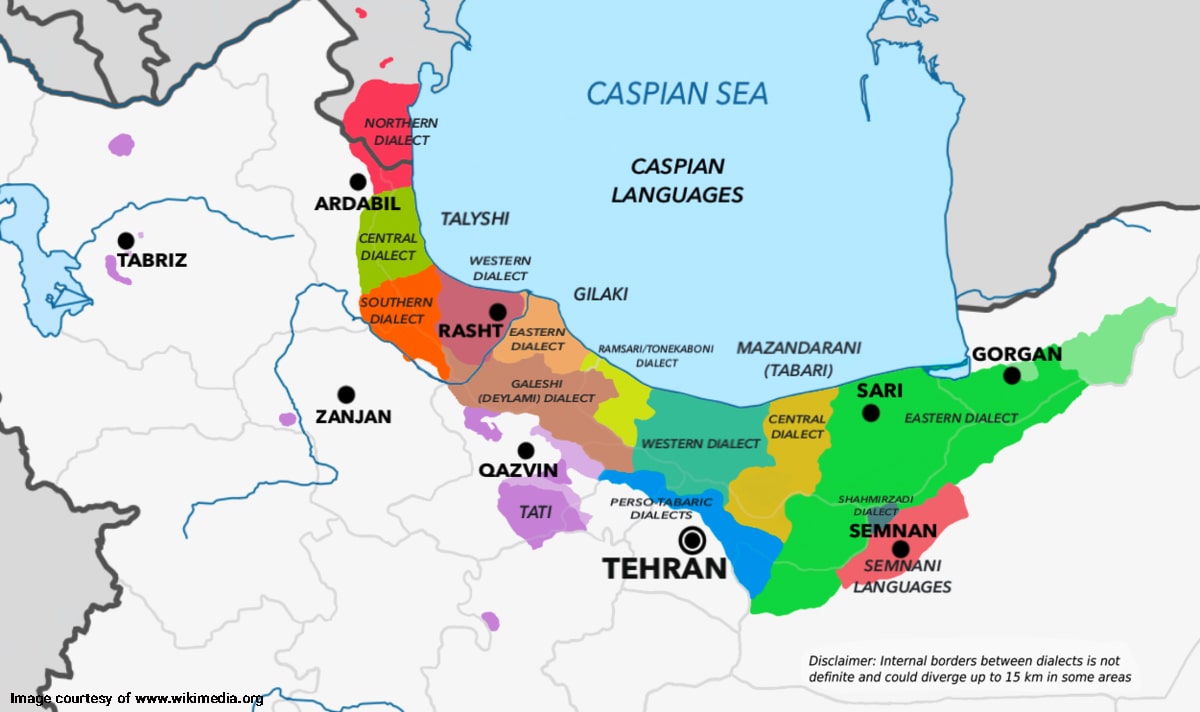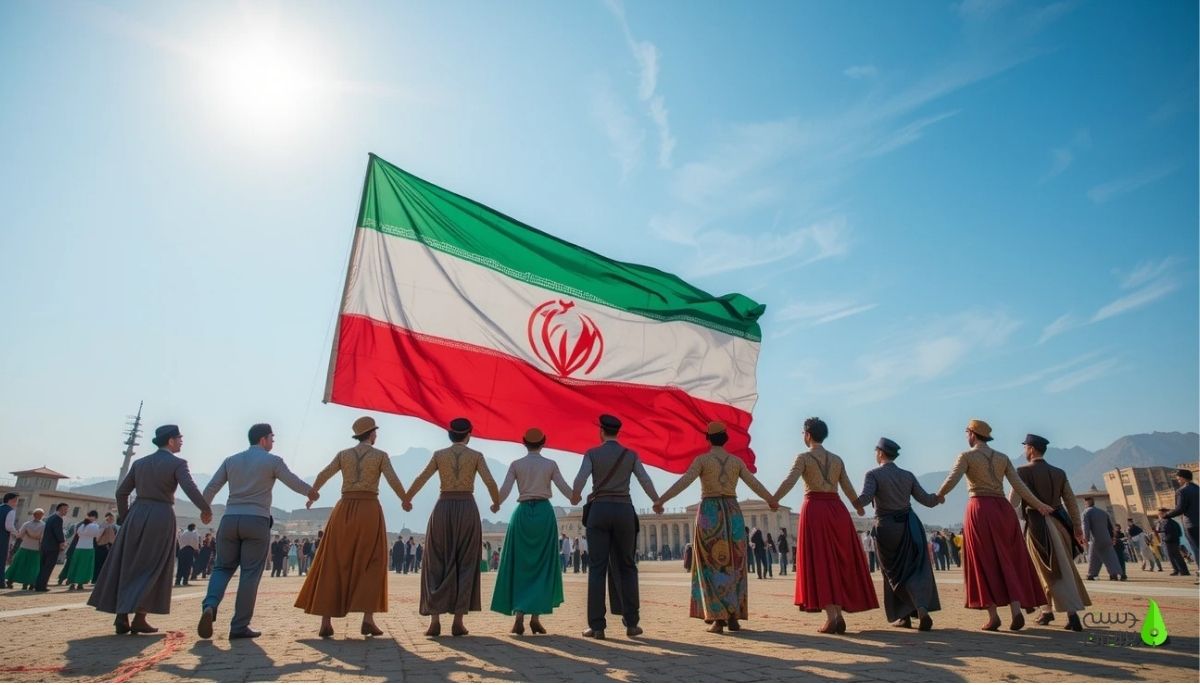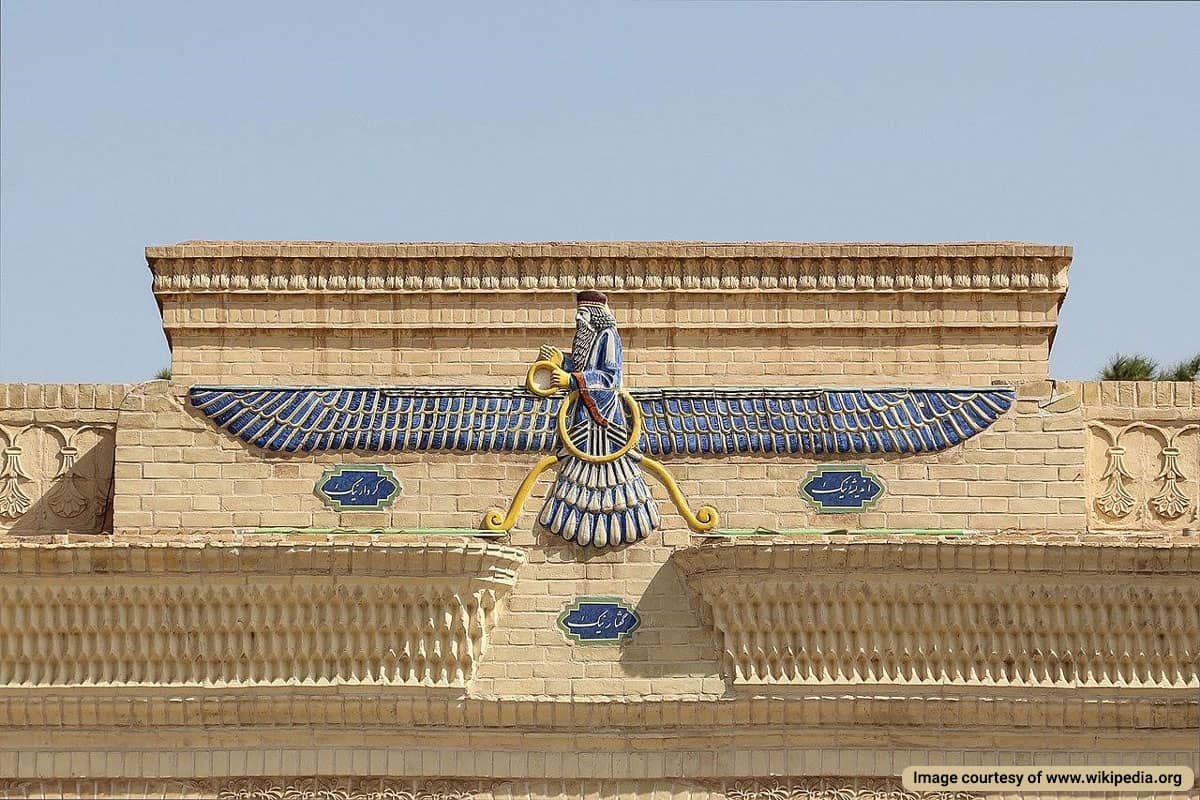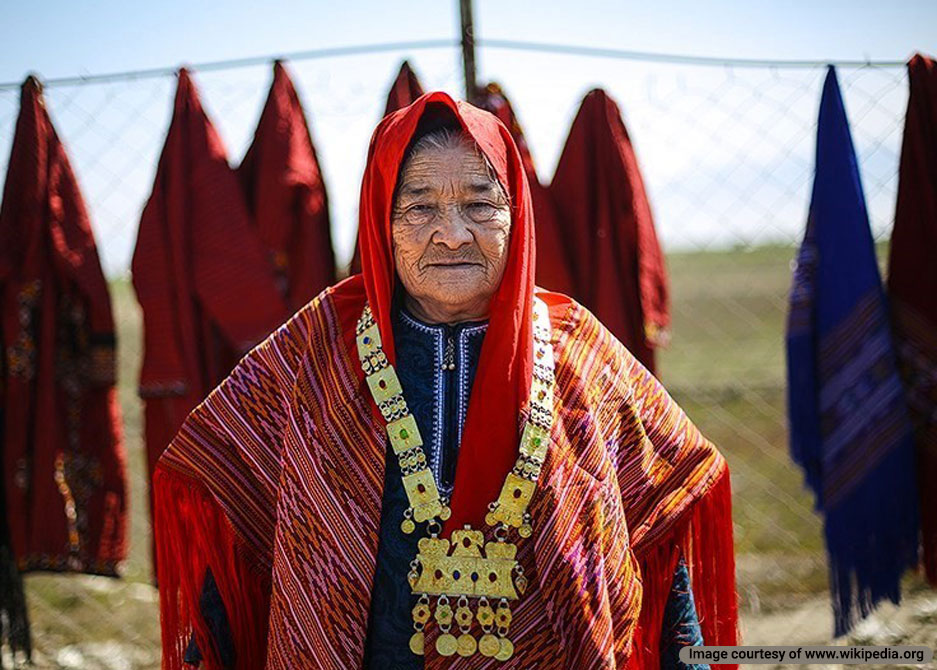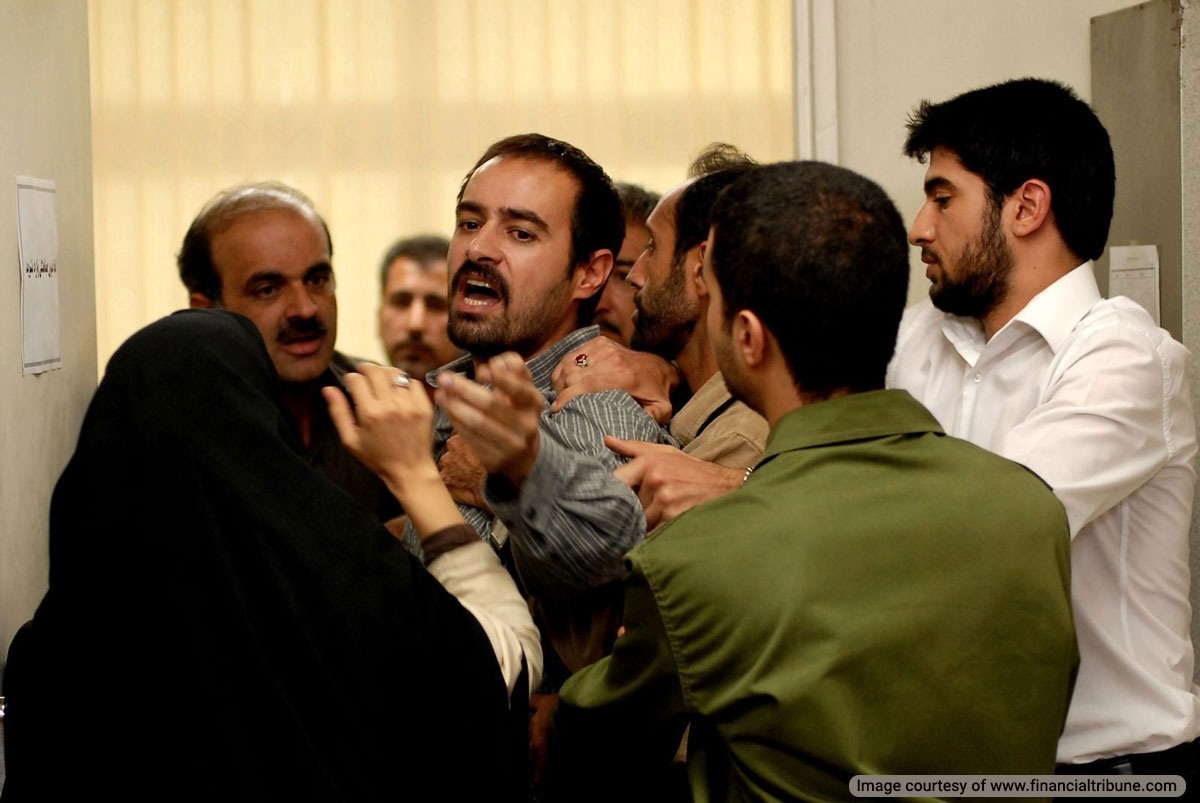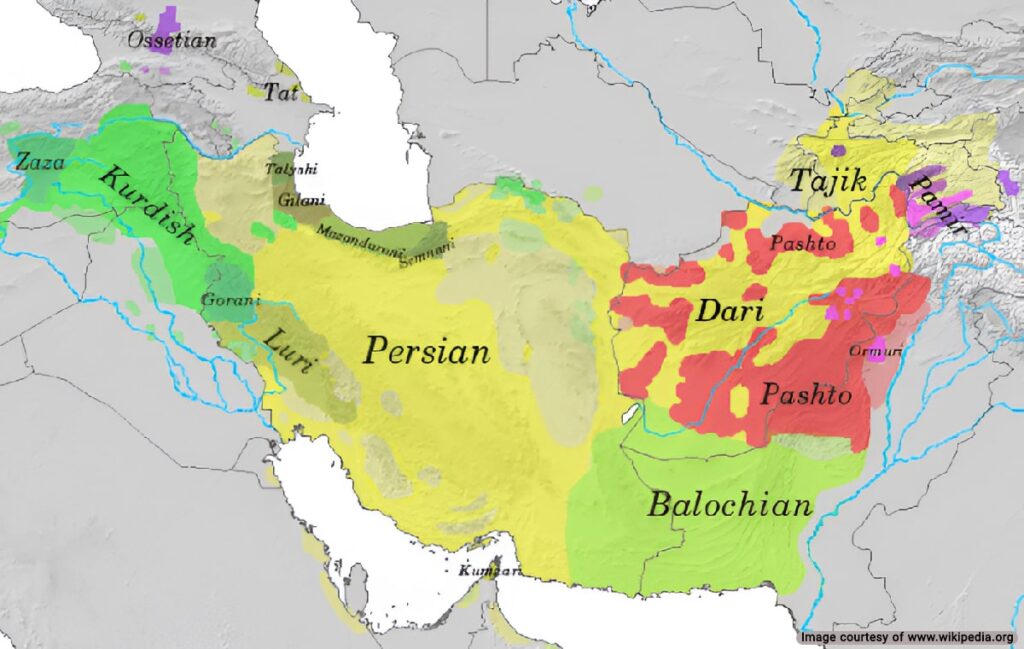
Eastern Iranian languages are a subgroup of the vast Indo-Iranian language group that developed in the Middle Iranian era. The Eastern/Western classification of Iranian languages is one of the main categorizations of Indo-Iranian languages in modern history. Modern Eastern Iranian languages are less popular than Western Iranian languages, but they form a key part of the history of Iranian languages.
History of Eastern Iranian Languages
As Western Iranian languages developed in the Yaz culture, Eastern Iranian languages replaced the Proto-Iranian language in the Andronovo culture during the Iron Age. The following is an account of the development of Eastern Iranian languages from the first millennium BCE onwards.
Old Iranian Languages
The classification of old Iranian languages includes ancient languages that developed before 400 BCE, which consists of the Medes civilization, the Achaemenid, and other ancient Iranian cultures.
Scythian Languages (Northeastern)
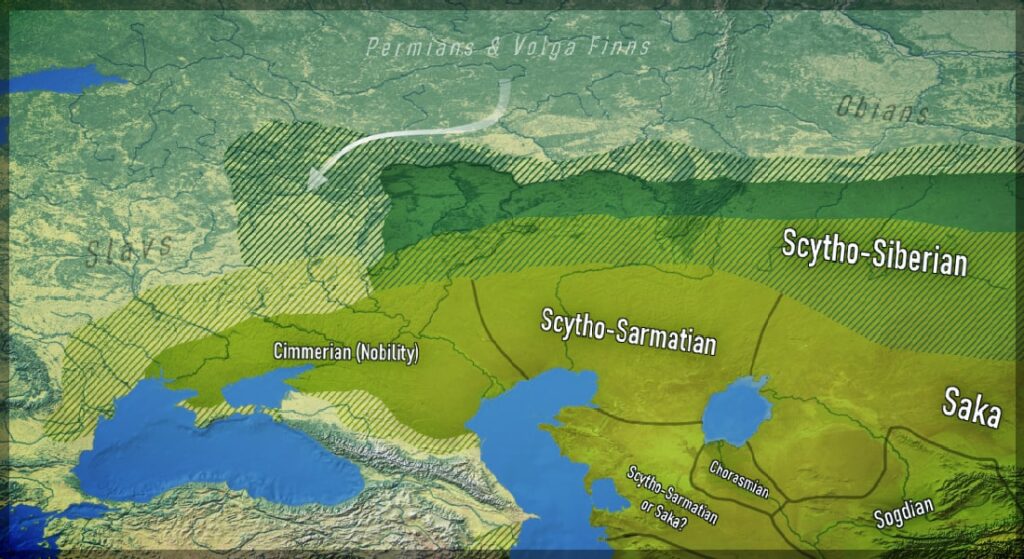
a group of languages spread across Scytho-Siberian Eurasia. The historical evidence in this regard is scarce. The only mentions of Scythian words present in Persian and Greek sources suggest their language belonged to the Indo-Iranian group.
Also known as Albanian, they date back to the 7th and 8th century BCE, these languages originated in modern Ukraine, Southern Russia, and Kazakhstan.
The main similarity between Scythian and other East Iranian languages is the use of the suffix “ta” to mark plural forms, common in later languages including Sogdian, Ossetian, Yaghnobi, and Chorasmian.
Avestan (Central Iranian)
The Avestan language is categorized as an Eastern Iranian language only to the extent that it is not Western Iranian. It followed the Proto-Iranian language directly and was used to write the oldest versions of the Avesta, hence its name.
Middle Iranian Languages
The middle Iranian period began with the Parthian era (350 BCE) until 950 CE. Eastern Middle Iranian languages were significant in terms of their interactions with Turkic, Indo-Aryian, and Tocharian languages in the first millennium AD.
Their impact on the cultural identity of Central Asia is still visible today and can be traced throughout the history of Central Asia.
Bactrian: It was spoken in the Bactria region between the 4th century BCE and the 9th century CE. The Bactria region is located in modern Afghanistan, Tajikistan, and Uzbekistan. Its alphabet was based on the Greek writing system and was influenced by Sanskrit.
Bactria was known as Tokhara in the Kushan Empire, which is why it’s also known as “Eteo-Tokharian”.
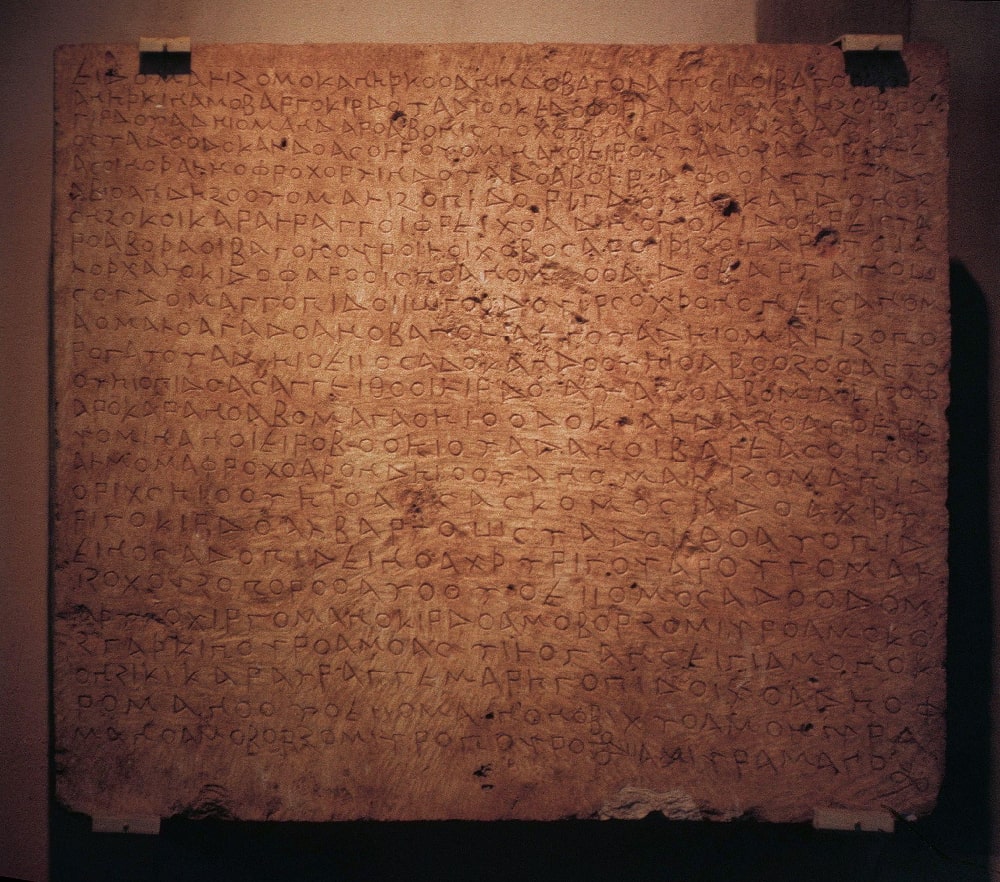
Khwarezmian (Chorasmian) Its origins before the Middle Period remain unknown, but it developed in the Khwarazm area (in modern Kazakhstan, Uzbekistan, and Turkmenistan) in 550 BCE. According to the works of the famous Khwarezmian scholar al-Biruni, it was still popular until the 13th century CE.
The original writing system was close to Pahlavi, but after Islam, the language adopted a Perso-Arabic writing system that included exclusive Khwarezmian signs.
Sogdian: Originating in the first millennium BCE in the Sogdia region (modern Uzbekistan, Tajikistan, Kazakhstan, and Kyrgyzstan), it is a northeastern Iranian language. There is a considerable amount of Sogdian literature available, meaning it is a significant language for comparative studies of ancient literature. It was originally written with the Sogdian alphabet, but also used Syriac and Manichean writing systems with some modifications.
Middle Scythian Languages: The old Scythian languages developed into two distinct groups in the middle Iranian period. The Scytho-Khotanese (Saka) was the language of the ancient kingdom of Khotan in modern Xinjiang, China, who spoke the Khotanese language from the 5th century CE until the 10th century.
In the following decades, the language spread across the Indian subcontinent and Western Satraps territories. The main writing languages for the Saka language included Brahmi and Kharosht, which were derived from Ancient Indian languages.
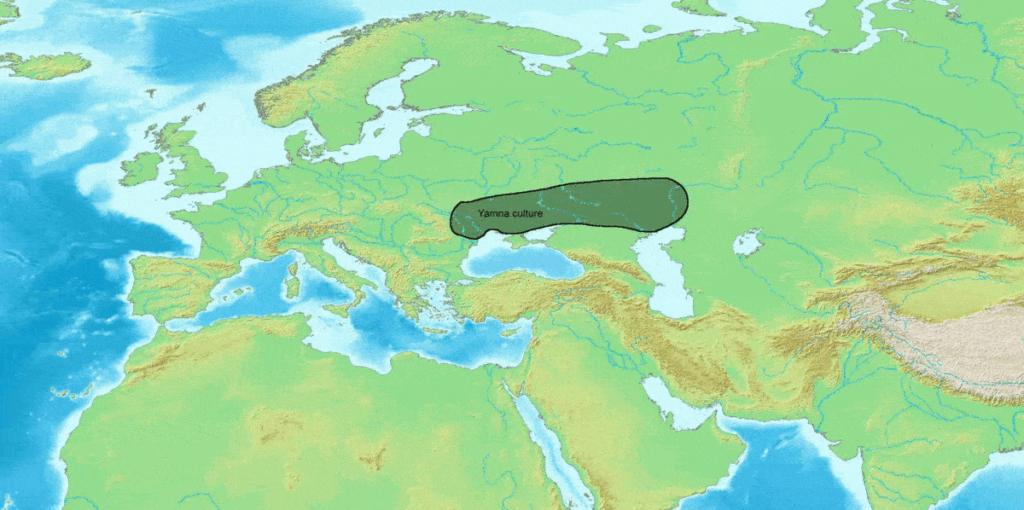
Modern Eastern Iranian Languages
In the modern period, Eastern Iranian languages went through substantial development and diversification. Several new languages developed from the Middle Iranian languages, each branching into many new dialects specific to Central and South Asia.
South-Eastern Iranian Languages
The Pashto language has the most number of speakers among modern Eastern Iranian languages. The exact origins of Pashto are unclear, as some scholars have linked it with the Avestan, and some with Bactrian, Khwarezmian, and Sogdian.
It is one of the official languages of Pakistan and Afghanistan. It is spoken in Eastern Iran near the borders of Afghanistan. There are around 44 million speakers whose first language is Pashto, and 4.9 million speakers for whom it is the second language. The Pashto writing system uses the Pashto alphabet, a Perso-Arabic system that consists of several exclusive characters native to the Pashto language.
Wanetsi Pashto: Tarino or Tsalgari is a unique variation of the Pashto language, categorized as an independent language by some scholars. It is similar to the Pamir language and may be the remnant of an archaic form of Pashto.
There are three major dialect classifications for Pashto.
Northern Pashto Dialects: These dialects are more common in Pakistan, mainly in the Khyber Pakhtunkhwa province. There are roughly 25 million Northern Pashto speakers that are divided into two main categories, Northeastern and Northwestern dialects.
Khyber-Pakhtunkhwa is home to the northeastern dialects, whose main sub-dialect is Yusapzai Pashto. North-western dialects are more common in the east and north-east of Afghanistan. The main difference between the two groups is pronunciation.
Southern Pashto Dialects: Southern dialects are mainly popular in Afghanistan and include roughly 19 million speakers. The main regions for Southern Pashto include Kandahar, Helmand, Ghazni, Urozgan, Farah, Nimruz, Zabul, Herat, and more.
Southern Pashto dialects include a variety of sub-dialects including Abdaili (Southern Afghanistan), Kakar (South-Eastern Afghanistan), Shirani, Mandokhel, Marwat-Bettani, Southern Karlani which consists of Khattak dialect, Wazirwola dialect (Dawarwola, Masidwola), and Banisi.
Central Pashto Dialects: The product of a linguistic development known as “the Great Karlāṇ Vowel Shift”, the Central dialects are a standard Pashto variation popular in Afghanistan and Pakistan. There are roughly 7 million speakers who use the Central Pashto dialect consisting of Mangal, Zadran, Banuchi, and Waziri.
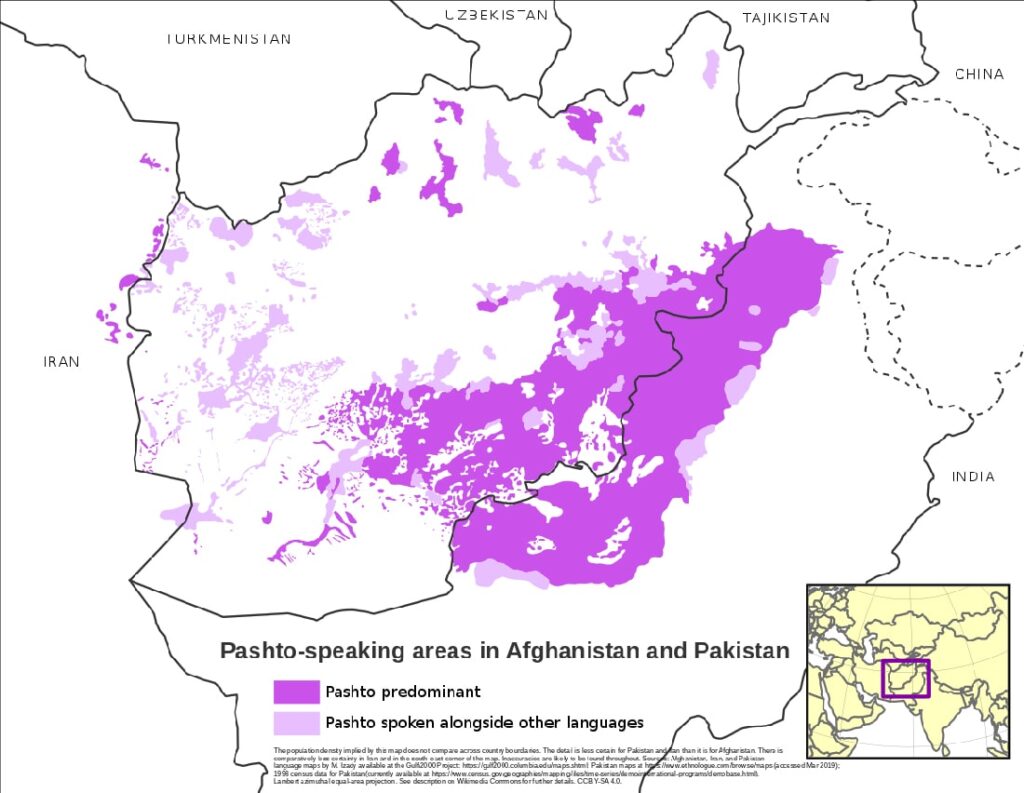
Pamir Languages
The Pamir Mountains are located in a region between South and Central Asia. Known in the West as “Ghalchah languages”, they are a group of South-Eastern Iranian languages. Pamir speakers can be found in northeast Afghanistan and Eastern Tajikistan, mainly in the Gorno-Badakhsha autonomous region and Xinjiang region in China.
There are major similarities between the Pamir languages and Pashto. These languages are not very distinct in terms of linguistic features and are spoken by a minority across the aforementioned region. They consist of several sub-branches:
Shughni-Yazgulami: These languages are spoken by around 75,000 people across Afghanistan and Tajikistan. The main Shughni-Tazgulami languages are Shughni, Sarikoli, Yazgulyam, and Bartangi.
Northeastern Iranian Languages
Yaghnobi: Yaghnobi is directly related to Sogdian, and is also known as Neo-Sogdian. Its name is derived from the Yaghnob valley in Tajikistan. Most Yaghnobi speakers also speak Tajik Persian. The writing system includes Cyrillic script, Latin script, and Perso-Arabic script and is taught in elementary schools in the Yaghnobi-speaking regions in Tajikistan.
Ossetian: Developed in the Ossetia region in the Greater Caucasus region spanning across Russia and Georgia. It is considered a descendant of Scythian languages. The first examples of Ossetian used a Greek writing system, but later variations use Cyrillic, Georgian, and Latin alphabets. There are nearly 500,000 Ossetian speakers who speak three distinct dialects: Digor, Iron, and Jassic.
Other Eastern Iranian Languages
Munji-Yidgha branch: The Munji and Yidgha languages in this branch are spoken by roughly 15,000 people in Pakistan and Afghanistan, and are developed from Bactrian.
Sanglechi-Ishkashimi: The Sanglechi in Afghanistan and Ishkashmi in Tajikistan are spoken by less than 3000 people.
Wakhi: Spoken by an ethnic group of the same name, these languages are spoken by about 75,000 people across Russia, Pakistan, China, Afghanistan, and Tajikistan.
Learn More About Eastern Iranian Languages
Studying the history of Indo-Iranian languages is not only fascinating but crucial to understanding modern Central and South Asian languages and culture. The interactions between these ethnolinguistic groups created a dynamic relationship between Asian cultures.
Destination Iran aims to promote intangible cultural heritage in addition to tangible cultural heritage, and Iranian languages are a significant factor in forming Iran’s intangible cultural heritage.
Frequently Asked Questions about Eastern Iranian Languages
If you have any questions about Eastern Iranian languages or other related topics, please let us know in the comments. We will respond as soon as possible.
What are Eastern Iranian languages?
Eastern Iranian languages are a branch of Indo-Iranian languages that include languages like Pashto, Pamir, and other linguistic branches that have developed in the Iranian plateau.
Is the Avestan language an Eastern Iranian language?
There are two major branches in the classification of Iranian languages, Western and Eastern. While the Avestan language is often categorized as an Eastern Iranian language, it is only in the sense that it does not share Western Iranian language characteristics. There is a substantial level of disagreement among linguists about the classification of the Avestan language.
What are the main Eastern Iranian language groups?
In the old Iranian language period, Scythian and Avestan were the main languages. In the middle period, Bactrian, Khwarezmian, Sogdian, Scytho-Khotanese, and Scytho-Sarmatian were the major languages. Modern Eastern Iranian language groups include Pashto and Pamir.
What are the characteristics of Eastern Iranian languages?
The main characteristics of Eastern Iranian languages include vowel harmony, use of retroflex consonants and agglutinative morphological processes (use of affixes to change meaning or grammar), presence of complex verb systems differentiated by tense, aspect, and other distinctions and influence from Turkic and Indian languages.



